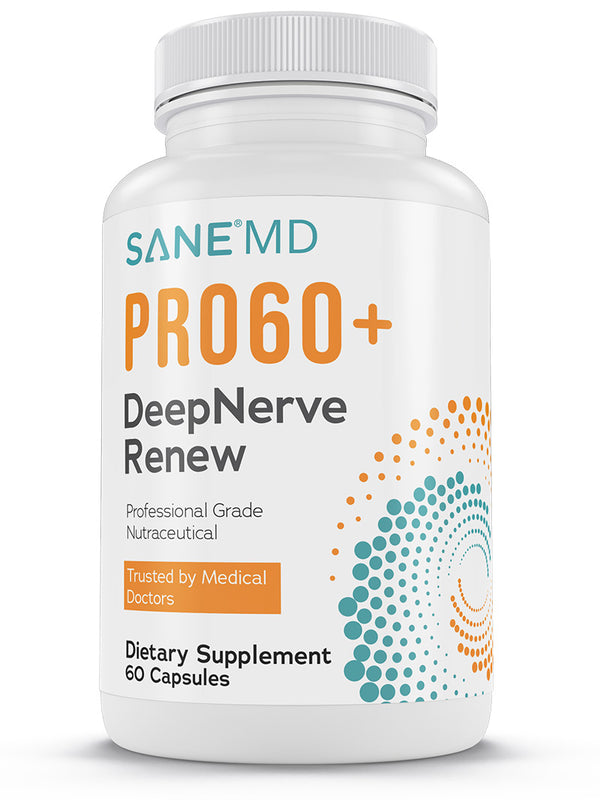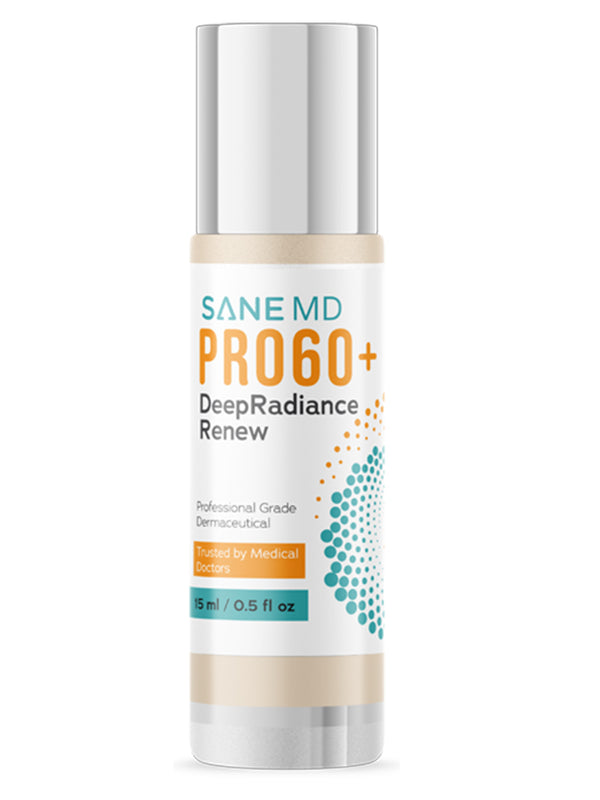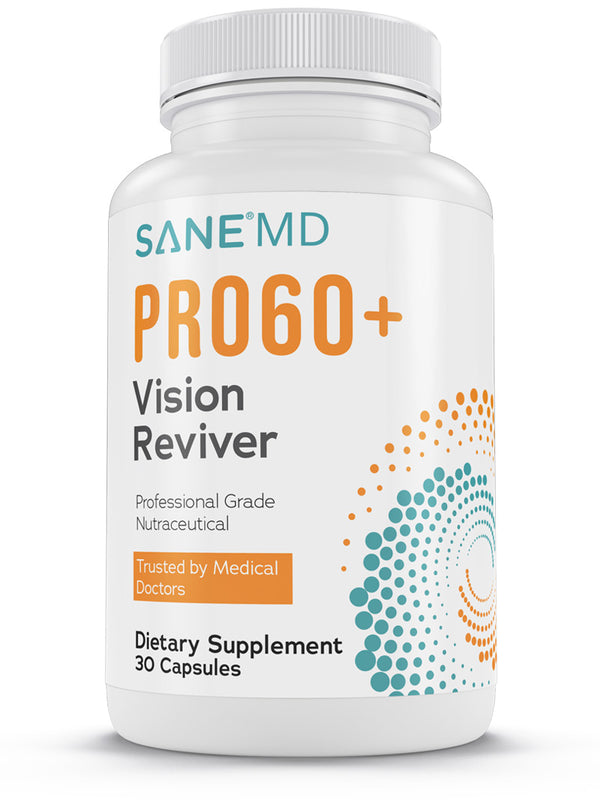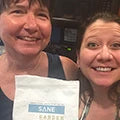We live in a world where screens are nearly impossible to avoid. From that first email in the morning to the endless scroll before bed, our eyes are glued to glowing devices more than ever. But have you ever stopped to wonder what all this exposure might be doing to your eyes? There’s growing concern about the artificial blue light emitted by screens and how it could be impacting our eye health.
Click here to learn more about Vitaae® and to place your order now while supplies last!
Interestingly, blue light isn’t just something that comes from your phone or laptop—it’s actually all around us. Sunlight is the biggest source of blue light, but the real concern is the concentrated exposure we get from staring at screens for hours on end. As we spend more time in front of screens, it’s important to understand what that could mean for our eyes.
While scientists are still studying the full effects of blue light, early research shows that extended screen time could lead to eye strain and discomfort. It might even mess with your sleep by suppressing melatonin, the hormone that regulates your sleep cycle. That’s why you might find it harder to drift off after a late-night Instagram or TikTok binge.
So, how can you protect your eyes without completely unplugging? There are plenty of ways to limit blue light exposure while still enjoying all the benefits of modern tech. Simple steps like adjusting your screen’s brightness, using blue light filters, or being mindful of how late you’re using your phone can make a big difference.
And it’s not just about protecting your own eyes—share this information with friends and family, especially those who may not realize the potential risks. A quick tip or conversation could help someone else take better care of their eye health. After all, we should be looking out for each other just as much as we scroll through our feeds!
Understanding Blue Light: What It Is and Where It Comes From
Blue light is a form of visible light characterized by its short wavelength and high energy, which gives it that distinctive blue appearance. As part of the visible light spectrum, blue light is all around us, with sunlight being the biggest source. It is also emitted from artificial sources like LED lights, fluorescent bulbs, and, of course, our digital screens—think smartphones, tablets, and computers.
Blue light plays a double role when it comes to our health. During the day, it’s actually beneficial. It helps keep us alert, improves our reaction times, and can even boost our mood. Exposure to natural blue light from the sun also helps regulate our body’s internal clock, known as the circadian rhythm, which tells us when it’s time to wake up and when it’s time to sleep.
But here’s the catch: too much blue light at the wrong times—especially from screens in the evening—can throw off this balance, leading to sleepless nights and affecting your overall well-being.
As our screen time skyrockets, the conversation around blue light has picked up steam. With so many of us glued to devices for work, entertainment, and staying connected, it’s important to understand how blue light from screens might affect us in the long run. The more we know, the better we can take care of our eyes and health in this tech-driven world.
How Blue Light Affects Your Eyes
Blue light, a high-energy visible (HEV) light with a shorter wavelength, has been a hot topic when it comes to eye health. While blue light itself isn’t directly harmful, prolonged exposure to blue light from screens can lead to digital eye strain. This condition manifests through symptoms like blurred or double vision, dry or watery eyes, headaches, and increased sensitivity to light.
But that’s not all. Extended exposure to blue light can also contribute to more serious eye issues over time. For instance, it may play a role in the development of cataracts, eye cancer, and growths on the clear covering over the white part of the eye. While these conditions are more severe and less common, they highlight the importance of managing our blue light exposure.
Understanding these potential risks underscores the need for practical steps to protect our eyes. Simple measures like using blue light filters on your devices, taking regular breaks, and adjusting screen brightness can go a long way in reducing the strain on your eyes. By being mindful of our screen habits, we can enjoy our digital devices without compromising our eye health.
Can Blue Light From Devices Seriously Damage Your Eyes?
Yes, your digital devices do emit blue light, but the real question is: can it seriously harm your eyes? Right now, the jury is still out. While we know that the sun is the biggest source of blue light, what has people concerned is the constant exposure we get from screens—up close and often for hours at a time. With modern lighting technologies like LED and fluorescent lights, we are exposed to more blue light than ever before.
Current research suggests that the amount of blue light you get from screens is far less intense than what you’d get from the sun. However, because we’re staring at screens from such a close distance and for long stretches, it can lead to digital eye strain. Symptoms of this strain include discomfort, fatigue, blurry vision, and headaches. While annoying, these effects are usually temporary and not necessarily harmful in the long term.
So, is blue light from your phone going to cause serious damage, like macular degeneration? Right now, there’s no solid evidence that blue light from screens leads to permanent damage. But, because digital devices are relatively new in the grand scheme of things, scientists are still studying the potential long-term effects of all this screen time. In the meantime, it doesn’t hurt to take simple steps to protect your eyes—just in case!
Blue Light and Sleep
Blue light exposure, especially in the evening, can wreak havoc on your sleep. This is because blue light can suppress the production of melatonin, the hormone that regulates your sleep-wake cycle, also known as the circadian rhythm. When melatonin levels drop, it becomes harder to fall asleep and stay asleep, leading to sleep disorders and other related health issues.
To minimize the impact of blue light on your sleep, consider using blue light filters or blue light-blocking glasses when using digital devices in the evening. These tools can help reduce the amount of blue light that reaches your eyes, making it easier for your body to produce melatonin and prepare for sleep. Additionally, adjusting the color temperature of your lighting and using night mode on your devices can further reduce blue light exposure.
By taking these steps, you can help ensure that your evening screen time doesn’t interfere with your ability to get a good night’s sleep. After all, a well-rested mind and body are crucial for overall health and well-being. So, the next time you’re tempted to scroll through your phone before bed, remember the impact of blue light and make choices that support your sleep health.
Exploring the Benefits of Blue Light on Mood and Health
While the conversation around blue light often centers on its potential downsides, it’s worth noting the positive impact it can have—especially when it comes from natural sources like sunlight. Blue light plays a key role in maintaining various bodily functions and can significantly boost mental well-being.
Here are three major benefits of blue light that highlight its positive influence on our daily lives:
1. Enhances Alertness and Cognitive Function
Blue light has an invigorating effect, helping to improve focus, attention, and overallcognitive performance. This is particularly helpful in the morning and early afternoon when we need to be at our sharpest. Studies have shown that exposure to blue light can enhance reaction times and support memory retention, making it a valuable tool for learning and staying mentally sharp throughout the day.
2. Regulates Circadian Rhythm
One of the most critical roles of blue light is in regulating the circadian rhythm, our body’s internal clock that controls sleep patterns. Getting natural blue light during the day helps keep this clock in check, leading to better sleep quality at night. The reason? Blue light suppresses melatonin, the hormone that signals our body it’s time to wind down. When melatonin is well-regulated, it ensures that we’re ready for a restful sleep when nighttime comes.
3. Boosts Mood and Helps Combat Seasonal Depression
Blue light has also been linked to mood improvement. It’s even been shown to reduce symptoms of Seasonal Affective Disorder (SAD), a type of depression that typically hits during the darker winter months. By mimicking the brightness of a sunny day, blue light can counter those seasonal mood dips, giving people a much-needed boost in energy and mental well-being.
These benefits highlight why blue light—when managed properly—isn’t something to be feared but appreciated. By balancing exposure, we can tap into the many ways blue light positively impacts our health and mood.
Four Effective Ways to Protect Your Eyes from Blue Light Emission
As digital devices become an integral part of everyday life, it’s more important than ever to protect our eyes from the strain that blue light emissions can cause. One effective method is using a blue light filter, which limits blue light exposure and offers potential benefits for eye health and sleep regulation. While blue light itself isn’t inherently bad, too much exposure—especially from screens we stare at all day—can lead to discomfort and eye fatigue.
Here are four simple yet effective strategies to protect your eyes without giving up your screen time:
1. Use Blue Light Filters
Most smartphones, tablets, and computers now offer built-in blue light filters. These settings, often called night mode or blue light reduction, adjust your screen to emit warmer colors, which are easier on the eyes—especially during the evening. By reducing blue light exposure in the evening, these filters can also help maintain your natural sleep cycle, making it easier to fall asleep after using your devices.
2. Follow the 20-20-20 Rule
The 20-20-20 rule is a simple and effective way to reduce eye strain. Every 20 minutes, take a 20-second break to look at something 20 feet away. This small practice can make a big difference, giving your eyes a much-needed break from focusing on a screen and reducing the effects of blue light exposure.
3. Adjust Screen Brightness and Contrast
Make sure your screen’s brightness is set to match the light level around you. A screen that’s too bright or too dim compared to the surrounding light can increase eye strain. Also, adjusting the text size and contrast on your device can make reading easier and less stressful on your eyes, especially for long periods.
4. Invest in Blue-Light-Blocking Glasses
Blue light glasses are specially designed to filter out blue light and can be a lifesaver for those who spend hours in front of screens each day. These glasses have a coating that reflects blue light away from your eyes, helping reduce digital eye strain and improve focus. They’re particularly helpful if you’re in front of a screen for extended periods.
By implementing these simple strategies, you can protect your eyes from the effects of blue light while still enjoying all the benefits of your digital devices. Being proactive about eye care means you can continue to use technology comfortably without compromising your vision.

Brain Health FAQ
Maintainingbrain health is crucial in today’s fast-paced, tech-driven world, where our screen time is higher than ever. Whether you're curious about protecting cognitive function or looking for ways to boost brain health, here are some frequently asked questions to help you keep your mind sharp and your brain performing at its best.
1. How does prolonged screen time impact brain health?
Spending long hours in front of screens, especially when exposed to blue light, can lead to digital eye strain and mental fatigue. It can also mess with your sleep cycles, leading to poor-quality sleep, which is essential for brain recovery and optimal function.
While there’s no strong evidence that screen time causes long-term brain damage, taking regular breaks and managing screen use can help reduce mental burnout and improve focus.
2. What are some natural ways to boost brain health?
There are plenty of natural ways to support brain health, including staying physically active, eating a balanced diet rich in omega-3s, antioxidants, and vitamins, getting enough sleep, and keeping your brain engaged through puzzles or learning new skills.
Supplements like SANE MD Vitaae®, which target cognitive function, can also help enhance mental clarity and performance.
3. Can blue light exposure from screens affect cognitive function?
Blue light itself doesn’t harm the brain directly, but blue light makes it difficult to fall and stay asleep by disrupting your circadian rhythm and suppressing melatonin production. Poor sleep can lead to problems with memory, focus, and overall cognitive function.
That’s why limiting blue light exposure before bedtime can help you maintain a healthy brain.
4. What are the best nutrients to support brain health?
Some of the top nutrients for brain health include omega-3 fatty acids (found in fish oil), antioxidants (from berries and leafy greens), and essential vitamins like B6, B12, and folate. These help support brain function and may reduce the risk of cognitive decline.
Supplements like SANE MD Vitaae® are also packed with brain-boosting nutrients to help keep your mind sharp.
5. How can I reduce the effects of digital eye strain on my brain?
To minimize the impact of digital eye strain on your brain, follow the 20-20-20 rule: every 20 minutes, take a 20-second break to look at something 20 feet away. Adjust your screen brightness, consider wearing blue-light glasses, and limit screen use before bedtime to support your sleep cycle.
These simple changes can reduce eye strain, leading to better focus and brain function.
Conclusion: Embrace Wellness in the Digital Age
Understanding how blue light impacts both eye and brain health is key to maintaining wellness in today’s screen-heavy world. By using blue light filters, enabling the Night Shift feature on your iPhone to reduce blue light exposure in the evening, adopting the 20-20-20 rule, and taking small steps to manage screen time, you can safeguard your vision and cognitive function without giving up the convenience of technology.
Share these tips with friends and family, and let’s make sure our digital habits support our well-being, rather than work against it.
Shield Your Eyes and Brain from Blue Light with SANE MD Vitaae®: Boost Focus and Mental Clarity Today!
Protect your eyes and brain from the effects of blue light exposure with SANE MD Vitaae®. Packed with key nutrients to support cognitive function, memory, and mental clarity, Vitaae® helps combat the strain caused by hours of screen time. Don’t let blue light take a toll on your focus and energy—boost your brain health with Vitaae® today.
Click here to learn more about Vitaae® and to place your order now while supplies last!
































